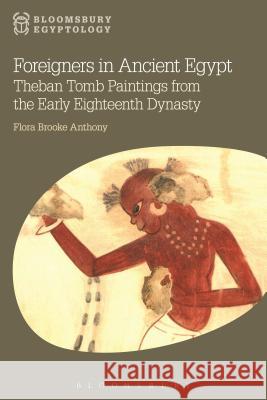Foreigners in Ancient Egypt: Theban Tomb Paintings from the Early Eighteenth Dynasty » książka
Foreigners in Ancient Egypt: Theban Tomb Paintings from the Early Eighteenth Dynasty
ISBN-13: 9781474241588 / Angielski / Twarda / 2016 / 184 str.
Foreigners in Ancient Egypt: Theban Tomb Paintings from the Early Eighteenth Dynasty
ISBN-13: 9781474241588 / Angielski / Twarda / 2016 / 184 str.
(netto: 586,80 VAT: 5%)
Najniższa cena z 30 dni: 594,91
ok. 30 dni roboczych.
Darmowa dostawa!
In ancient Egypt, one of the primary roles of the king was to maintain order and destroy chaos. Since the beginning of Egyptian history, images of foreigners were used as symbols of chaos and thus shown as captives being bound and trampled under the king's feet. The early 18th dynasty (1550-1372 BCE) was the height of international trade, diplomacy and Egyptian imperial expansion. During this time new images of foreigners bearing tribute became popular in the tombs of the necropolis at Thebes, the burial place of the Egyptian elite. This volume analyses the new presentation of foreigners in these tombs. Far from being chaotic, they are shown in an orderly fashion, carrying tribute that underscores the wealth and prestige of the tomb owner. This orderliness reflects the ability of the Egyptian state to impose order on foreign lands, but also crucially symbolises the tomb owner's ability to overcome the chaos of death and achieve a successful afterlife. Illustrated with colour plates and black-and-white images, this new volume is an important and original study of the significance of these images for the tomb owner and the functioning of the funerary cult.











